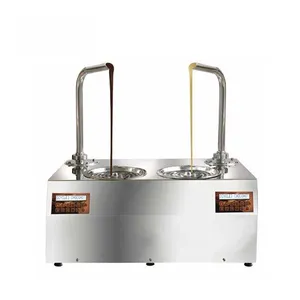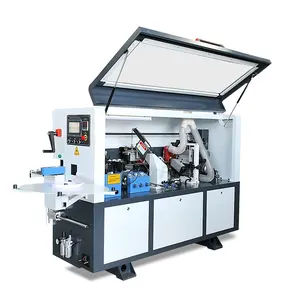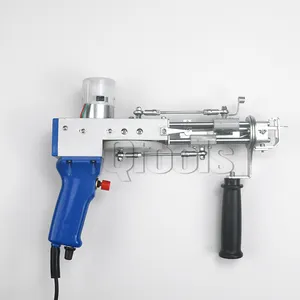Popular in your industry







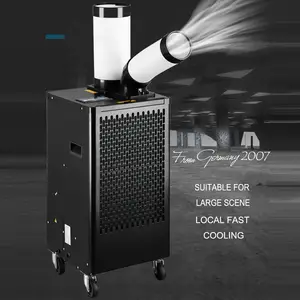






















































Related Searches:







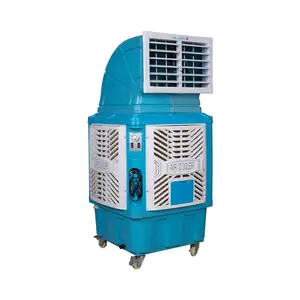




























































































































Top categories
About indoor evaporative cooler
Introduction
As temperatures rise, the search for a cost-effective and environmentally friendly cooling solution becomes essential. Enter the indoor evaporative cooler, a device that uses the power of evaporation to cool your living spaces. Also known as a swamp cooler, this device offers an energy-efficient alternative to traditional air conditioning systems. This comprehensive guide will delve into the mechanics of indoor evaporative coolers, their benefits, and how to choose the right one for your space. We'll also explore their installation, maintenance, and how to maximize comfort with your evaporative cooler.
Understanding Indoor Evaporative Coolers
An indoor evaporative cooler, also known as a swamp cooler, uses an electric-powered fan to draw hot, dry air through a dampened pad and blow the cooled air out into the room. This process consumes less energy than a standard air conditioner and doesn’t require ozone-damaging refrigerants. Evaporative coolers are less expensive to install and maintain than central air conditioning. They consist of four essential parts: a fan, a water tank, filter pads, and an internal motor. The motor pulls warm air through a wet internal filter pad, where the evaporation process quickly lowers its temperature before it is circulated back into the room.
How Evaporative Coolers Work
Evaporative coolers work on the principle of evaporation. Hot, dry air is drawn through water-soaked cooling pads, causing the water to evaporate and absorb the heat, thereby lowering the air temperature. A fan then circulates this cool air throughout the space. The effectiveness of evaporative cooling depends on the saturation of the cooling pads and the design of the fan and motor. This process is different from traditional air conditioning systems, which use chemical vapor compression refrigeration cycles. Evaporative cooling is also known as evaporative air conditioning, adiabatic cooling, ducted evaporative cooling, swamp coolers, and desert coolers.
Benefits of Indoor Evaporative Coolers
Indoor evaporative coolers offer numerous benefits. They work well in dry areas, adding much-needed humidity that can improve sinuses, reduce allergies, and protect furnishings. They are easy to install and maintain, requiring only an electrical and water source, and periodic cleaning or changing of the cooling media. Many models are portable, allowing for cooling in various indoor and outdoor areas. Importantly, evaporative coolers are energy efficient, relying primarily on evaporation, resulting in significant energy savings and quieter operation compared to traditional AC units.
Choosing the Right Evaporative Cooler for Your Space
Choosing the right evaporative cooler for your space involves considering factors such as size, capacity, and additional features. For instance, some models are suitable for cooling up to 500 square feet, while others can cover 600 square feet per hour. These coolers also come with varying water tank capacities, with some models having a 4.8-gallon tank and others boasting a 12.5-gallon tank. Additional features to consider include the number of fan speeds, overflow protection systems, and whether the cooler is suitable for both indoor and outdoor use.
Size and Capacity
Evaporative coolers and swamp coolers are rated in cubic feet per minute (cfm), which measures the amount of air they deliver. Manufacturers typically recommend 20 to 40 air changes per hour, depending on climate. Here are two rules of thumb that can help you size an evaporative cooler: Many manufacturers also provide model-specific guidance on how much space units can be expected to cool.
Energy Efficiency
One of the leading benefits of indoor evaporative cooling systems is their exceptional energy efficiency. In fact, an evaporative cooler consumes 50 per cent to 75 per cent less electricity than a standard air conditioner. This is because an evaporative cooler does not have a compressor and no refrigerant operation, leading to significant energy savings. Therefore, if you're looking for a cooling solution that is not only effective but also energy-efficient, an indoor evaporative cooler could be an ideal choice.
Additional Features
Indoor evaporative coolers come with several additional features that enhance their functionality. Most modern coolers have a timer and a remote control for convenience. The cooling efficiency is linked to the design of the cooler pads, with Aspen and Cellulose pads being common. Some units have a hose connector for a steady water supply, while others have a water level indicator. The airflow, measured in CMH(m³/h), depends on whether a blower or a fan is used. Multiple speed settings allow for temperature adjustment.
Installation and Maintenance
Installing an indoor evaporative cooler involves selecting a central location, installing hanger and support, and setting up the cooler in the window. It's crucial to ensure a tight seal for optimal cooling. The cooler uses water, so a water supply line is run to it. After installation, the cooler is plugged into a grounded 120-volt outlet and turned on. Regular maintenance includes draining the water in winter and securing the overflow drain line to prevent hazards.
Installation Process
Installing a swamp cooler involves several steps. First, install the support bracket, ensuring it's level and secure. Next, position the cooler on the bracket and window sill with the indoor portion inside the room. Install the side fins and seal them with silicone. Close the window and seal the gap between the window and the cooler. Connect the water supply, turn on the water, and let the tank fill. Once the tank is full, plug the unit into a 120-volt GFCI outlet, turn it on, and ensure it's running smoothly.
Routine Maintenance and Care
Routine maintenance of your indoor evaporative cooler is crucial for its optimal performance. Regularly inspect the system, paying attention to the motor belt and electrical components. Clean and replace the pads to prevent bacteria buildup. The tank, a vital part of the cooler, should be cleaned to avoid contamination. Exterior surfaces should be kept clean, and calcium deposits should be removed. At the start and end of the season, perform necessary care to ensure the longevity of your cooler. If any issues arise, don't hesitate to seek professional help.
Maximizing Comfort with Your Evaporative Cooler
To maximize comfort with your evaporative cooler, choose the right time of day to run it, ideally during the warmest hours. Ensure the cooling pads are clean and replaced as needed. Maintain the correct water level for optimal performance. Run the unit smarter, not harder, by allowing the pump to run for a few minutes before turning on the fan. Consider installing a thermostat for automatic temperature regulation.
Optimal Placement
An evaporative cooler works best where there is a crossflow of air. Locate a spot central to your home where the air can reach as many rooms as possible. A window mount will be covered in this guide. Since you will be plugging your cooler in, select a window located close to an electrical outlet. The middle of your roof or a central exterior wall are optimal locations because they can cool from the middle of the home. But both options involve a higher skill set and can be labor intensive.
Proper Usage
Proper usage of an indoor evaporative cooler involves understanding the climate conditions. It works best when it's hot and the humidity is below 70%. During the hottest months, it can cool the air by 20 degrees quickly without constantly running the system. However, when the humidity rises, it's better to switch to AC. The evaporative cooler can also be used in areas without air ducts or in closed-off spaces like garages or basements.
Adapting to Weather Changes
Adapting to weather changes is crucial when using an indoor evaporative cooler. These coolers are most effective when the relative humidity is low, making them popular in dry climates. They raise the internal humidity level, which can be beneficial in arid environments. However, it's essential to assess typical climate data to determine the potential of evaporative cooling strategies for your building. Key considerations include dry-bulb temperature, wet-bulb temperature, and wet-bulb depression during a typical summer day. By understanding these factors, you can estimate the approximate air temperature leaving the evaporative cooler and adapt to weather changes effectively.
Conclusion
In conclusion, indoor evaporative coolers present a compelling alternative to traditional air conditioning systems, especially in dry climates. They offer energy efficiency, cost-effectiveness, and a more environmentally friendly cooling solution. Choosing the right cooler involves considering factors like size, capacity, and additional features. Proper installation and maintenance are crucial for optimal performance, and understanding how to adapt to weather changes can maximize your comfort. With the right knowledge and approach, an indoor evaporative cooler can be a game-changer in your quest for a comfortable indoor environment.

